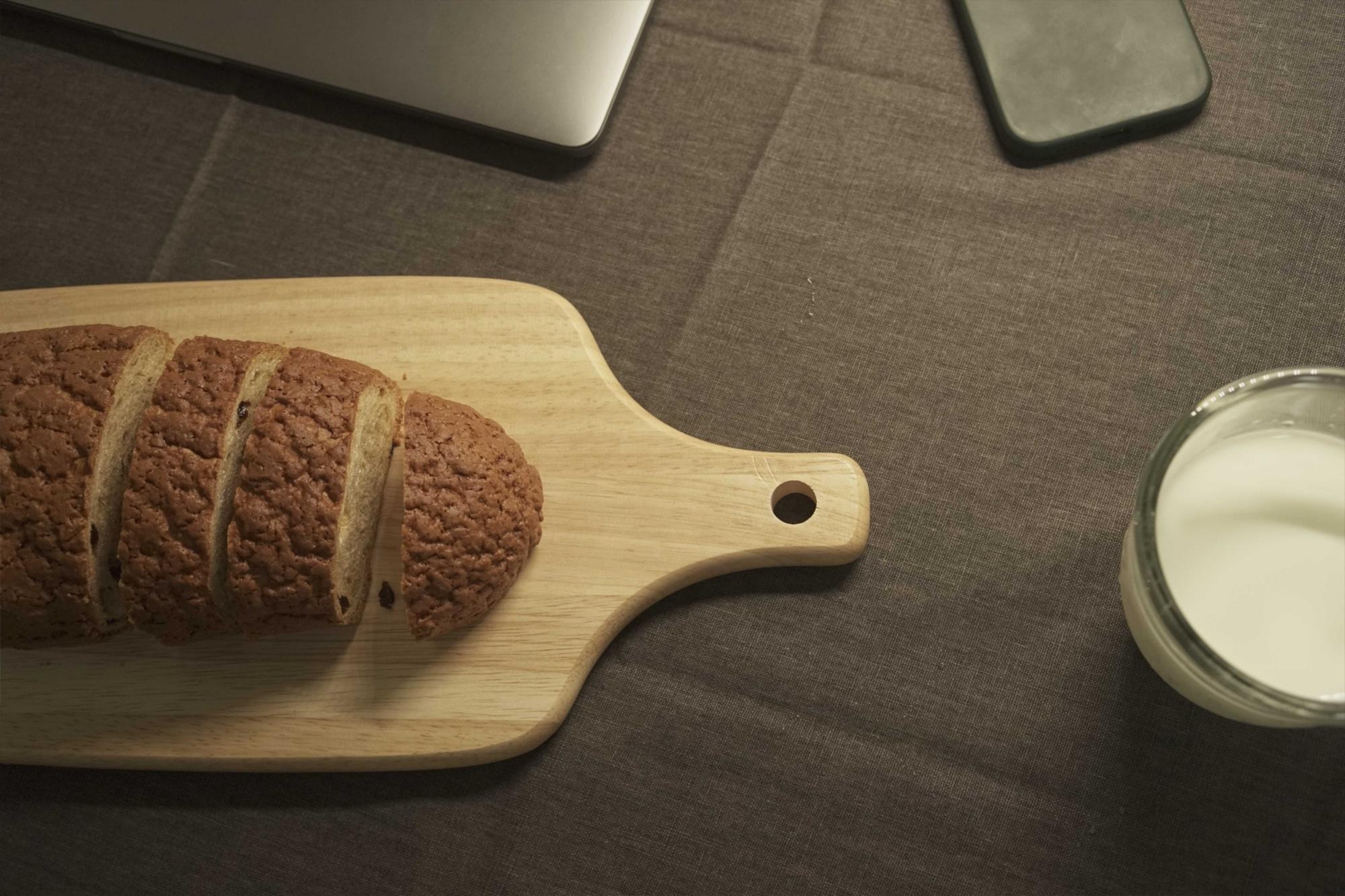| 일 | 월 | 화 | 수 | 목 | 금 | 토 |
|---|---|---|---|---|---|---|
| 1 | 2 | |||||
| 3 | 4 | 5 | 6 | 7 | 8 | 9 |
| 10 | 11 | 12 | 13 | 14 | 15 | 16 |
| 17 | 18 | 19 | 20 | 21 | 22 | 23 |
| 24 | 25 | 26 | 27 | 28 | 29 | 30 |
| 31 |
- Data Structure
- Preparing for the Google Cloud Professional Data Engineer Exam
- Algorithms
- data scientist
- data
- binary search tree
- Study
- 빅데이터 지식
- dataStructure
- 데이터 분석가
- 데이터 엔지니어
- 뉴욕 화장실
- Computer Science
- Binary Tree
- Data Analyst
- 빅데이터 커리어 가이드북
- Linked List
- Computer Organization
- Newyork
- Restroom
- exam
- BST
- HEAPS
- algorithm
- 빅데이터
- hash
- 화장실 지도
- priority queue
- Data Engineer
- Heap
- Today
- Total
Jaegool_'s log
Computer Organization ; Data Representation recap 본문
Week 2: Data Representation
Deciaml, Binary, Octal, Hexadecimal
Convert Decimal to Binary
60(base 10)
60 - 32(2^5) = 28 - 16(2^4) = 12 - 8(2^3) = 4 - 4(2^2) = 0
111100(base 2)
Decimal to Octal
Division - Remainder Method

Binary to Octal
Separate into 3-bit chunks starting from the right
Determine the value of each 3-bit sequence
100101001000101101100(base 2)
100 101 001 000 101 101 100
4 5 1 0 5 5 4
4510554(base 8)
Octal to Binary
Write the 3-bit sequence for each digit
Binary to Hex(and vice versa)
Same as binary to octal except separate into 4-bit chunks
100101001000101101100
0001 0010 1001 0001 0110 1100
1 2 9 1 6 C
12916C(16 base)
Hex to Binary
12916C(16 base)
1 2 9 1 6 C
0001 0010 1001 0001 0110 1100
100101001000101101100(base 2)
Convert Fractions




Two's complement


Booth's Algorithm
https://www.grahn.us/projects/booths-algorithm/
Dan Grahn | Booth's Algorithm Multiplier
Binary Multiplication Using Booth's Algorithm. Enter any two integer numbers into the form and click 'Multiply' to watch Booth's algorithm run its magic.
www.grahn.us
https://www.youtube.com/watch?v=1ubyXuXxIWU


'Courses' 카테고리의 다른 글
| Algorithm and Data Structure Study notes, Sep [Dynamic memory arrangements] (0) | 2023.09.14 |
|---|---|
| Computer Organization: CH7. I/O Systems (0) | 2023.04.26 |
| Planning for a Successful Study in the USA (0) | 2023.02.08 |
| Structured problem-solving using Java recap (IT168) (0) | 2023.01.14 |
| Payment (0) | 2022.09.24 |



